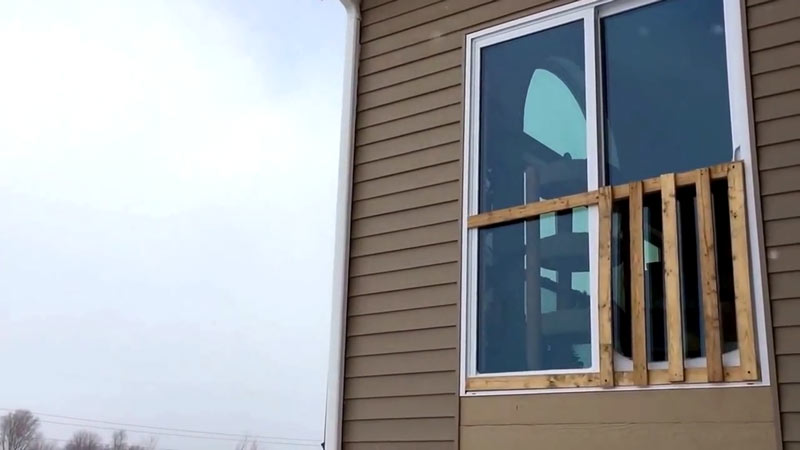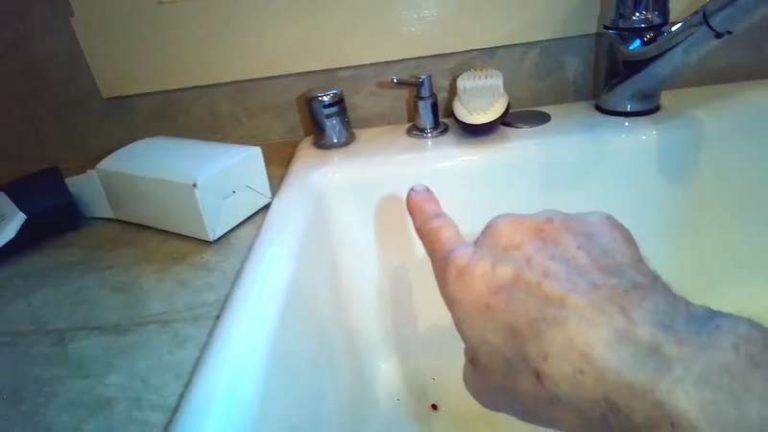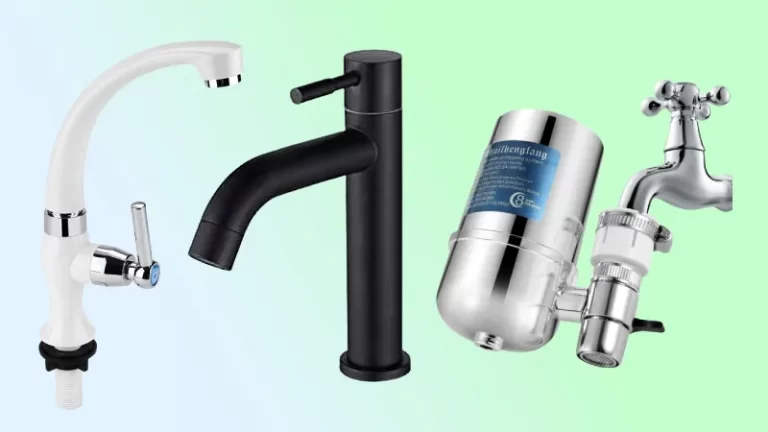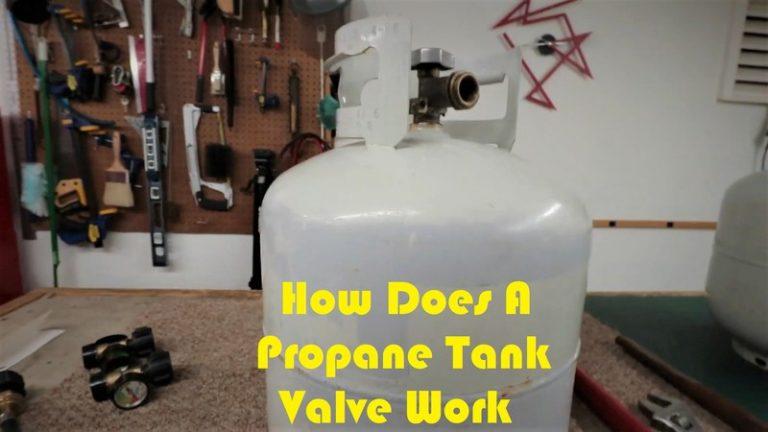Why the Downspout is Vibrating in the Wind? [Causes and Fixes]

The gutter downspout is an important part of the roofing system, as it carries water away from the roof and prevents water damage to the building. However, in some cases, the downspout may vibrate or produce noise when the wind blows.
This can be a frustrating and annoying problem, but there are steps that can be taken to reduce or eliminate the noise. In this article, we will discuss some of the possible causes of downspout vibration and noise, as well as some solutions for preventing or addressing this issue.
You'll Learn About
Why the Roofing Membrane May Be Vibrating When the Wind Blows?
When the wind blows across the roof, it can cause the roofing membrane to vibrate. This is because the wind applies force to the membrane, causing it to move back and forth. The severity of the vibration and the resulting noise will depend on the strength of the wind and the flexibility of the roofing material.
In some cases, the vibration may be amplified by the shape of the roof or the location of the gutter, leading to a louder noise. Additionally, the noise may be more noticeable if the roofing membrane is not properly secured or if there are gaps or overlaps in the membrane.
In general, the roofing membrane is designed to withstand wind and other environmental factors, but in some cases, the wind can cause it to vibrate and produce noise.
Here a list of the causes:
- The roofing membrane may be vibrating when the wind blows.
- The roofers may have missed something during installation that is causing the noise.
- The noise may be coming from the downpipe or gutter.
- The roofing regulations may have been updated, requiring battening of the membrane overlap.
- The use of lightweight roofing materials may cause the overhang in the gutter to flap around in strong winds.
- The use of eaves trays may help to prevent the vibration and noise.
Why the Roofers May Have Missed Something During Installation That is Causing the Noise?
If the roofers missed something during installation, it could be the cause of the noise from the gutter. Some possible reasons for this include:
- The roofing membrane may not have been properly secured, allowing it to move and vibrate in the wind.
- There may be gaps or overlaps in the roofing membrane, which can cause the wind to catch and create a flapping or vibrating noise.
- The roofers may have failed to properly seal the edges of the roofing membrane, allowing wind and water to enter and create noise.
- The roofers may not have installed the gutter correctly, leading to a loose or improperly aligned gutter that vibrates in the wind.
In general, if the roofers missed something during the installation process, it can lead to issues with the roof, including the potential for noise from the gutter.
It is important to carefully inspect the roof after installation to ensure that it has been installed correctly and is functioning properly. If any issues are discovered, they should be addressed as soon as possible to prevent further problems.
Why the Noise May Be Coming From the Downpipe or Gutter?
In some cases, the noise from the gutter may be coming from the downpipe or the gutter itself. This can happen if the downpipe is loose or improperly installed, allowing it to move and vibrate in the wind.
Similarly, if the gutter is loose or not properly secured, it can vibrate and produce noise. Additionally, if there is debris or blockages in the downpipe or gutter, it can create a vibrating or humming noise as the wind passes through it.
The downpipe and gutter are important parts of the roofing system, as they are responsible for carrying water away from the roof and preventing water damage.
If these components are not installed or maintained properly, they can create issues with the roof, including noise from the gutter. It is important to inspect the downpipe and gutter regularly to ensure that they are in good condition and functioning properly.
If any issues are discovered, they should be addressed as soon as possible to prevent further problems.
Why the Roofing Regulations May Have Been Updated, Requiring Battening of the Membrane Overlap?
- Roofing regulations are designed to ensure the safety and effectiveness of roofing systems.
- These regulations may be updated periodically to reflect changes in building materials and techniques.
- The updated regulations may require battening of the membrane overlap to provide additional support and stability.
- If the roofers did not follow the updated regulations during installation, the roof may be prone to issues such as noise from the gutter.
- It is important for roofers to be aware of the current roofing regulations and to follow them to ensure a properly installed and functional roof.
In general, when roofing regulations are updated, it is important for roofers to be aware of the changes and to follow the new requirements. If the updated regulations require battening of the membrane overlap, this can provide additional support and stability to the roofing system.
This can help to prevent issues such as noise from the gutter, as well as other potential problems with the roof. It is the responsibility of the roofers to be aware of the current roofing regulations and to follow them when installing a roof to ensure that it is safe and effective.
Use of Lightweight Roofing Materials May Cause the Overhang in the Gutter to Flap Around in Strong Winds
Lightweight roofing materials, such as asphalt shingles or plastic membranes, are becoming increasingly popular due to their durability and ease of installation. However, these materials may be more susceptible to movement and vibration in strong winds.
This is because the lightweight materials are not as heavy or dense as traditional roofing materials, such as slate or tile, and are therefore more easily affected by the wind.
When the wind blows across the roof, it can cause the lightweight roofing materials to flap or vibrate. This is particularly common near the gutter, where the roofing material overhangs the edge of the roof and is exposed to the wind.
The overhang can act like a sail, catching the wind and causing the roofing material to move and produce noise. Additionally, the movement of the roofing material can put extra strain on the gutter and downspout, potentially causing them to loosen or become damaged.
In general, the use of lightweight roofing materials can make the roof more susceptible to noise and other issues in strong winds. It is important to carefully consider the potential effects of wind when choosing a roofing material, and to ensure that the roof is properly installed and maintained to prevent issues such as noise from the gutter.
How to Prevent Downspout Vibration and Noise:
- Check the roofing membrane to ensure that it is properly secured and free of gaps or overlaps.
- Inspect the gutter and downspout to ensure that they are securely attached to the roof and in good condition.
- Clear any debris or blockages from the gutter and downspout to prevent noise from wind passing through them.
- Consider installing eaves trays or other ventilation systems to provide a clear airflow under the roof and prevent the wind from catching the roofing material.
- Choose roofing materials that are heavier and more durable, such as slate or tile, to provide extra stability and prevent vibration in the wind.
- Make sure that the roofers who installed your roof followed the current roofing regulations, including any requirements for battening of the membrane overlap.
- Regularly inspect and maintain your roof to ensure that it is in good condition and functioning properly. This can help to prevent issues such as vibration and noise from the gutter.
How Surrounding the Downspout With Foam Spray or Insulators Reduce Vibration?
Surrounding the downspout with foam spray or insulators can help to reduce vibration by providing extra support and damping to the downspout. This can help to prevent the wind from causing the downspout to move and vibrate, which can lead to noise.
Additionally, the foam spray or insulators can provide insulation, helping to prevent the downspout from conducting noise from the roof to the ground.
Some possible benefits of surrounding the downspout with foam spray or insulators include:
- Extra support: The foam spray or insulators provide additional support to the downspout, helping to prevent it from vibrating and making noise.
- Damping: The foam spray or insulators can help to dampen the vibrations of the downspout, reducing the amount of noise that is produced.
- Insulation: The foam spray or insulators can provide insulation, reducing the amount of noise that is conducted from the roof to the ground.
- Ease of installation: Foam spray and insulators are relatively easy to apply to the downspout, and do not require any special tools or expertise.
In general, surrounding the downspout with foam spray or insulators can be an effective way to reduce vibration and noise. This simple and inexpensive solution can help to improve the performance and longevity of your roofing system.
How Do I Stop My Gutters From Vibrating in the Wind by Replacing Metal Elbows With Pvc or Vinyl Elbows?
Replacing metal elbows with PVC or vinyl elbows can help to stop gutters from vibrating in the wind. This is because PVC and vinyl are more flexible and less prone to vibration than metal.
Additionally, these materials are lighter in weight, which can help to reduce the strain on the gutter system and prevent movement and noise.
To replace the metal elbows with PVC or vinyl elbows, you will need to follow these steps:
- Begin by locating the metal elbows in your gutter system. These are typically found where the gutter changes direction or connects to the downspout.
- Once you have identified the metal elbows, use a screwdriver or other tool to remove the screws or clips that hold them in place.
- Carefully remove the metal elbows from the gutter, taking care not to damage the gutter or surrounding roofing material.
- Measure the size of the metal elbows to ensure that you purchase the correct size of PVC or vinyl elbows to replace them.
- Purchase the appropriate size of PVC or vinyl elbows from a home improvement store or online retailer.
- Install the PVC or vinyl elbows in place of the metal elbows, using screws or clips to secure them in place.
- Test the gutter system to ensure that it is functioning properly and that the new elbows are not causing any vibrations or other issues.
In general, replacing metal elbows with PVC or vinyl elbows can help to prevent gutters from vibrating in the wind. This simple and inexpensive solution can help to improve the performance and longevity of your gutter system.
Freqluently Asked Questions
What Are Some Common Causes of Downspout Vibration and Noise?
Some common causes of downspout vibration and noise include the roofing membrane vibrating in the wind, installation errors, and the use of lightweight roofing materials.
How Can I Prevent Downspout Vibration and Noise?
To prevent downspout vibration and noise, it is important to properly install and maintain the roof and gutter system, and to consider using ventilation systems, heavy roofing materials, or foam spray or insulators on the downspout.
Can Replacing Metal Elbows With Pvc or Vinyl Elbows Help to Reduce Downspout Vibration and Noise?
Yes, replacing metal elbows with PVC or vinyl elbows can help to reduce downspout vibration and noise. This is because PVC and vinyl are more flexible and less prone to vibration than metal, and are lighter in weight, which can help to reduce strain on the gutter system.
Is It Necessary to Hire a Professional to Address Downspout Vibration and Noise?
In some cases, it may be necessary to hire a professional to address downspout vibration and noise. For example, if the issue is caused by installation errors or other complex issues, a professional roofer or contractor may be needed to diagnose and fix the problem.
However, in many cases, simple solutions such as adding insulation or replacing metal elbows with PVC or vinyl elbows can be done by the homeowner.
How Often Should I Inspect and Maintain My Roof and Gutter System to Prevent Downspout Vibration and Noise?
It is recommended to inspect and maintain your roof and gutter system at least once per year, or more frequently if you live in an area with severe weather or other environmental factors.
During these inspections, you should look for any signs of damage or wear, and address any issues that are discovered. This can help to prevent problems such as downspout vibration and noise, and ensure that your roof and gutter system are functioning properly.
Conclusion
In conclusion, downspout vibration and noise can be a frustrating and annoying problem, but there are steps that can be taken to reduce or eliminate the noise.
Some possible causes of downspout vibration and noise include the roofing membrane vibrating in the wind, installation errors, and the use of lightweight roofing materials.
To prevent downspout vibration and noise, it is important to properly install and maintain the roof and gutter system, and to consider using ventilation systems, heavy roofing materials, or foam spray or insulators on the downspout.
By taking these steps, you can help to ensure that your roof and gutter system are functioning properly and not causing any noise.




